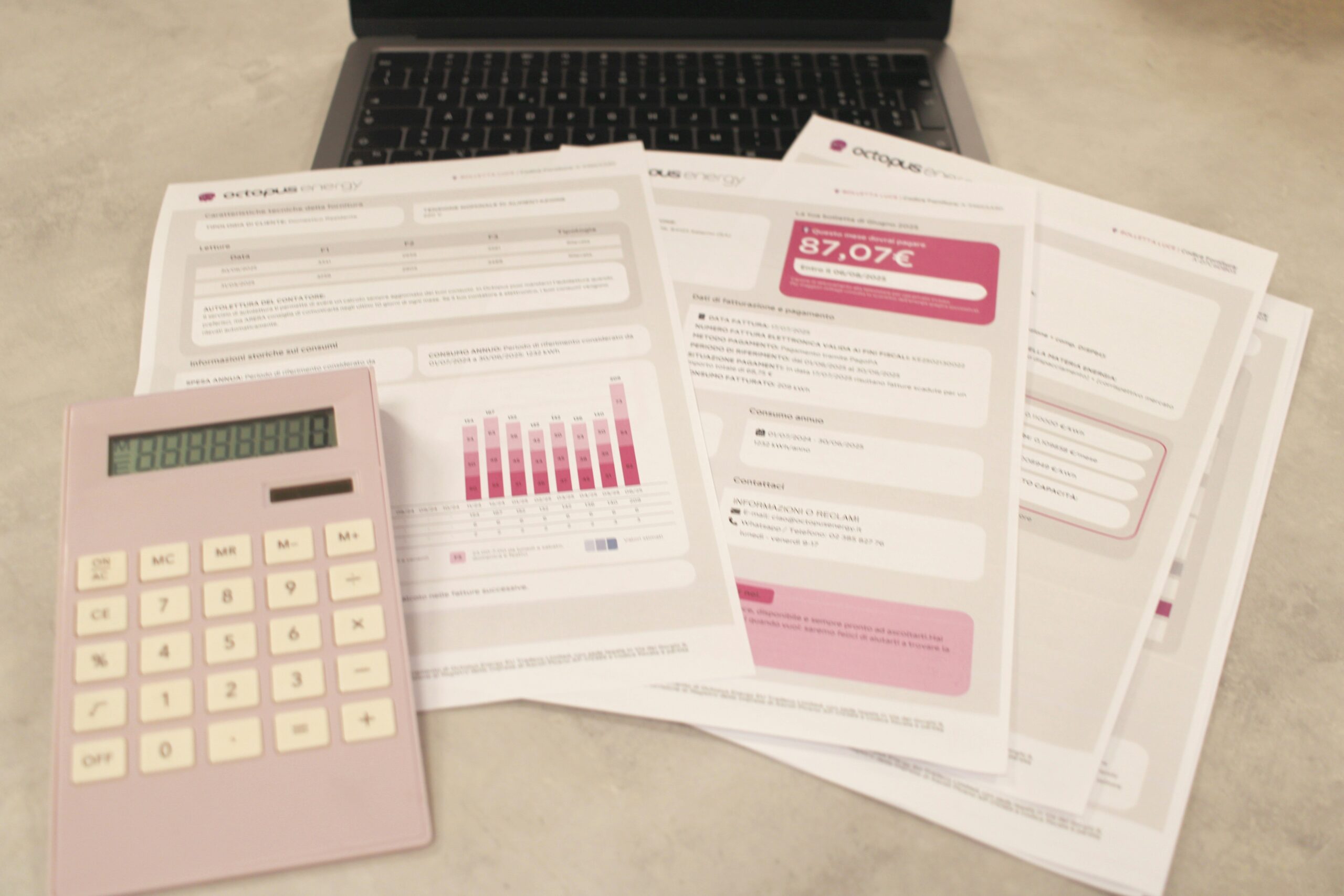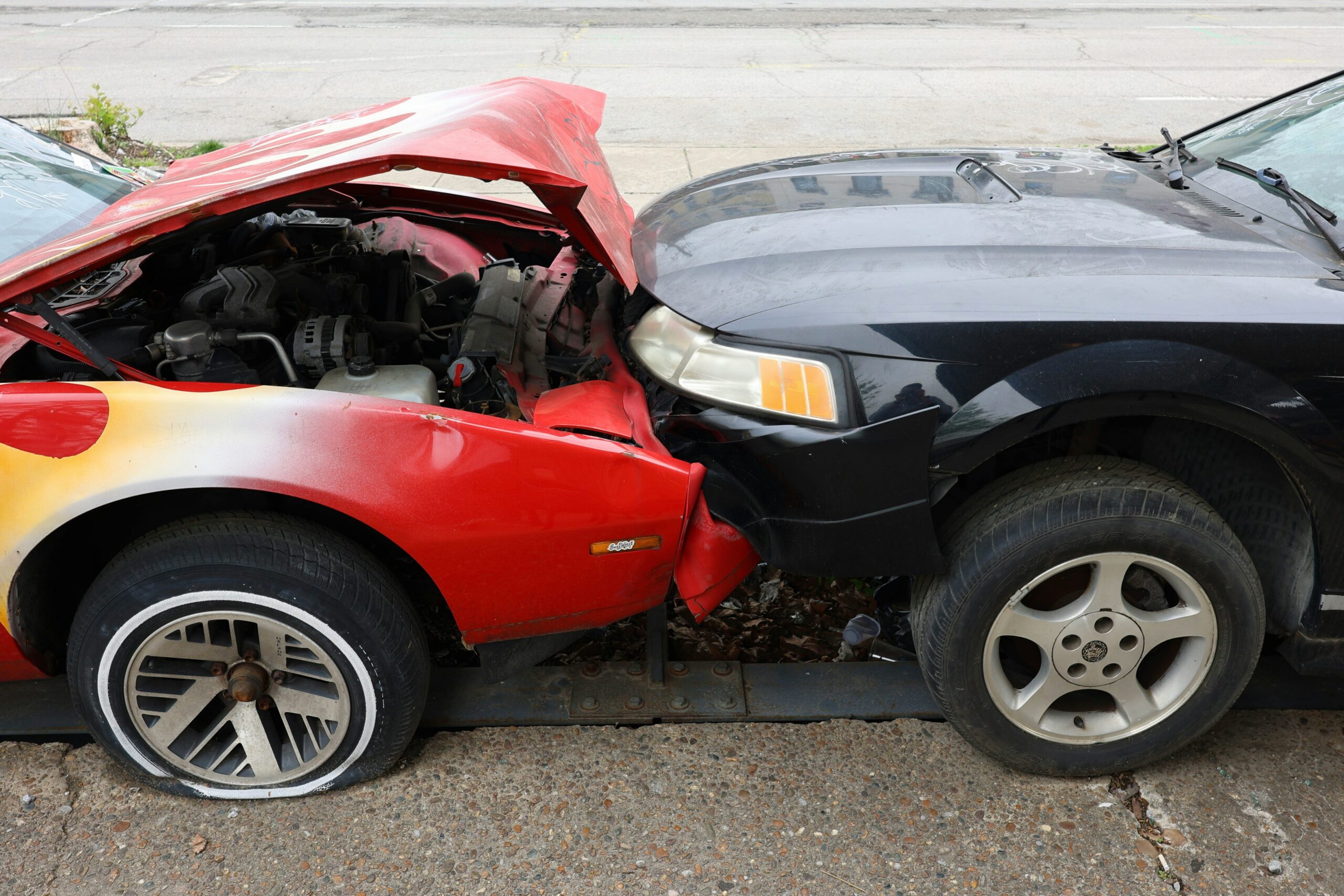Ever had that nightmare scenario where one accidental tweet spirals into a PR crisis? Yeah, it happens more than you’d think. In today’s digital age, your liability communication plans are no joke—especially when media insurance is involved.
In this blog post, we’ll explore how crafting watertight Liability Communication Plans can save your business from costly lawsuits and reputation meltdowns. We’ll break down why they matter, walk you through creating them step-by-step, share tips for implementation, and sprinkle in some real-world examples. Let’s get to it!
Table of Contents
- Key Takeaways
- The Problem: Why You Need Liability Communication Plans
- Step-by-Step Guide to Crafting Liability Communication Plans
- Tips & Best Practices for Effective Plans
- Examples and Case Studies
- FAQs on Liability Communication Plans
Key Takeaways
- Liability communication plans protect against reputational risks and legal liabilities triggered by media errors.
- Media insurance acts as a safety net but requires clear internal protocols to maximize coverage.
- Implementing proactive strategies like pre-publish checklists minimizes exposure to costly mistakes.
The Problem: Why You Need Liability Communication Plans

Let’s rewind to 2017—the Pepsi ad featuring Kendall Jenner. If there was ever an example of what NOT to do when handling sensitive topics, this was it. The backlash? Instant and brutal. And guess what? No amount of creative genius could undo the damage once the internet erupted.
This scenario highlights the importance of robust Liability Communication Plans. Without these safeguards, companies risk not only financial penalties (hello, lawsuits) but also irrevocable harm to their brand equity.
Optimist You: “But I’ve got media insurance!”
Grumpy Me: “Cool—but if your plan sucks, even insurance won’t cover the mess.”
Why Do Media Errors Happen?
It all boils down to miscommunication or lack of foresight. Maybe someone skipped fact-checking; maybe approval processes were lax. Whatever the reason, errors happen—and they’re expensive.
Step-by-Step Guide to Crafting Liability Communication Plans
Step 1: Evaluate Your Risks
Before jumping into solutions, map out potential liabilities:
- What type of content do you publish most frequently?
- Which platforms pose the greatest risk?
- Who has access to publishing tools?
Sounds tedious, right? Like counting calories while binge-watching Netflix.
Step 2: Define Clear Roles
Assign responsibilities for every stage of content creation:
- Editor-in-Chief oversees strategy.
- Fact-checker ensures accuracy.
- Legal advisor reviews high-risk content.
Step 3: Create Approval Workflows
Map out a linear process for approvals. For instance:
- Draft → Editor Review → Legal Review → Final Approval → Publish.
Tips & Best Practices for Effective Plans
Tip #1: Invest in Training
If your team doesn’t know how to avoid common pitfalls (like using unlicensed images), you’re cruising for disaster.
Tip #2: Use Pre-Publish Checklists
A simple checklist saves lives—or at least careers. Include items like:
- Are sources cited correctly?
- Is the tone appropriate for the audience?
Terrible Tip Alert: Skip Documenting Anything
“Pfft, who needs documentation? Just wing it!” said literally no successful business owner ever. Documentation ensures consistency across teams.
Examples and Case Studies
Success Story: A Company That Did It Right
Take Johnson & Johnson during the Tylenol tampering crisis in the ‘80s. Their swift, transparent response—including halting production entirely—set a gold standard for liability communication. They didn’t just survive—they thrived afterward.
Fail Story: When Things Go Wrong
On the flip side, consider United Airlines’ infamous passenger-dragging incident in 2017. Their initial response lacked empathy and fueled outrage further. Lesson learned? Always have a plan before drama hits.
FAQs on Liability Communication Plans
What Are Liability Communication Plans?
These plans outline steps to mitigate risks associated with public messaging and ensure swift responses during crises.
Does Media Insurance Cover All Mistakes?
Nope. Coverage depends on whether negligence occurred. Having solid plans helps prove due diligence.
How Often Should Plans Be Updated?
At least annually—or whenever major organizational changes occur.
Conclusion
Crafting effective Liability Communication Plans isn’t optional—it’s essential. Paired with comprehensive media insurance, these strategies safeguard both finances and reputations. Remember: preparation prevents panic.
And now, because nostalgia heals everything… here’s a little throwback: “Like dial-up tones echoing through my childhood bedroom, good communication never goes out of style.”


